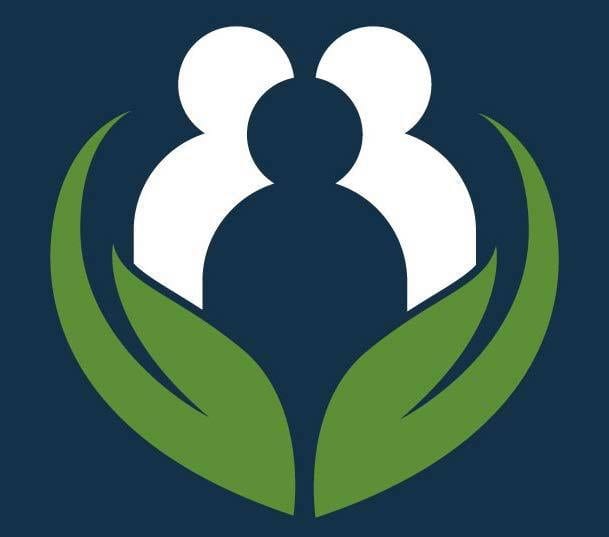 International Overdose Awareness Day is observed annually on August 31st to raise awareness of overdose and reduce the stigma of a drug-related death. It also acknowledges the grief felt by families and friends remembering those who have met with death or permanent injury as a result of drug overdose.
International Overdose Awareness Day is observed annually on August 31st to raise awareness of overdose and reduce the stigma of a drug-related death. It also acknowledges the grief felt by families and friends remembering those who have met with death or permanent injury as a result of drug overdose.
This year, in honor of International Overdose Awareness Day and leading into National Recovery Month, the St. Mary’s County Health Department is launching an online map of naloxone dispensary boxes that are located throughout the county for use in emergency overdose situations. These emergency boxes expand access to naloxone or Narcan®, a medication that can reverse the effects of an opioid overdose, helping keep an overdose victim alive until medical help arrives.
Currently, there are over 20 emergency naloxone dispensary boxes placed at local businesses and organizations throughout St. Mary’s County.
This year, grant funding will support placing an additional 39 emergency dispensary boxes in the community.
“Expanding the awareness and availability of naloxone is a key part of the public health response to the opioid epidemic,” said Dr. Meena Brewster, St. Mary’s County Health Officer. “Naloxone is safe, easy to use, and when given in time can save a life from fatal opioid overdose. Naloxone is available without a prescription for any interested community members, through our health department or local pharmacies.”
Community members that would like to learn more about opioids, how to recognize an overdose, and how to administer naloxone are encouraged to sign up for SMCHD’s Overdose Response Program. This free training is offered virtually and participants receive a free rescue kit that includes naloxone.
To learn more about the Overdose Response Program and to view the mapped emergency naloxone dispensary box locations, please visit smchd.org/overdose.
To learn more about how you can stop stigma and promote recovery in support of International Overdose Awareness Day and National Recovery Month, please visit smchd.org/gopurple.
Maryland’s Good Samaritan Law
The Good Samaritan Law protects people assisting in an emergency overdose situation from arrest, as well as prosecution, for certain crimes.
The purpose of the law is to encourage any person, regardless of age, who experiences or observes a medical emergency caused by the ingestion or use of alcohol or other drugs to seek medical assistance without fear of arrest or prosecution for:
- Possessing or using a controlled dangerous substance
- Possessing or using drug paraphernalia
- Providing alcohol to minors
The Good Samaritan Law applies to any person who seeks, provides, or assists with the provision of medical assistance as the result of a person ingesting or using alcohol or drugs.
It also applies to the victims if the victims receive assistance because someone else sought assistance for them.
The law protects a person from a violation of a condition of pretrial release, probation, or parole, if the evidence of the violation was obtained solely as a result of a person seeking, providing or assisting with medical help to save someone’s life.
The law does not protect persons witnessing the medical emergency if they’re not helping with the medical emergency.
The law protects persons from criminal arrest, charge or prosecution for the six misdemeanors listed below where the evidence was obtained solely because of the act of seeking medical assistance:
- § 5-601: Possessing or Administering CDS
- § 5-619: Drug Paraphernalia
- § 5-620: Controlled Paraphernalia
- § 10-114: Underage Possession of Alcohol
- § 10-116: Obtaining Alcohol for Underage Consumption
- § 10-117: Furnishing for or allowing underage consumption of alcohol
The Good Samaritan Law does not apply to drug felonies or other crimes not listed above. Additionally, it does not prevent law enforcement from conducting an investigation and gathering evidence.
Training for Community Members – The Overdose Response Program is FREE and open to anyone who would like to learn:
- How opioids impact the brain and body
- How to recognize the signs and symptoms of opioid overdose
- How to administer naloxone
- How to care for someone who is having an overdose until emergency help arrives
Participants receive a free rescue kit that includes naloxone (Narcan®), a life-saving medication that may be able to restore the breathing of a person who has overdosed on opioids (e.g. heroin, fentanyl, oxycodone, hydrocodone, morphine, methadone, etc.) – available via scheduled curbside pickup.
Upcoming Classes – Virtual classes are currently being offered:
- Friday, September 23, 2022 (10:00 am – 11:00 am) – Virtual Training
- Wednesday, September 28, 2022 (2:00 pm – 3:00 pm) – Virtual Training


